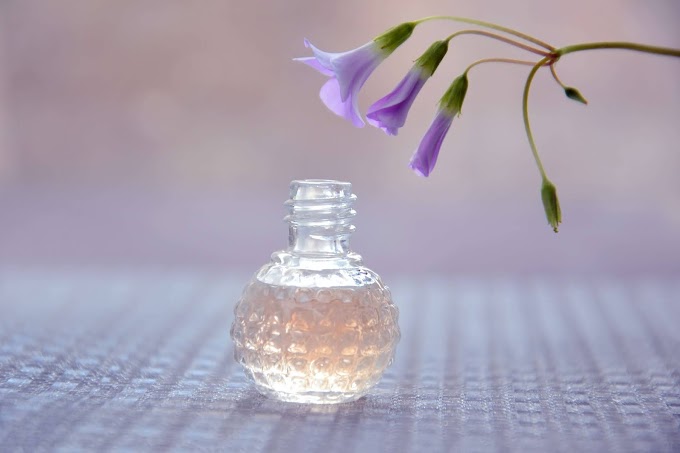Sources of Homeopathic Drugs
 |
| Sources of Homeopathic Drugs |
In this article you will know Sources of Homeopathic Drugs. and also drugs by animal kingdom.
“The true physician must be provided with genuine medicines of unimpaired strength, so the may be able to rely upon their therapeutic powers; he must be able, himself, to judge of their genuineness.”§ 264.
“Homeopathy presses into its service a far greater number of natural products than traditional medicine employs. It has revived many valuable agents from the unmerited oblivion into which they had fallen and is continually adding new remedies to its stock by means of the Organon it possesses in the law of similars.”— Richard Hughes
Various sources of homoeopathic drugs are:
•Plant kingdom.
•Animal kingdom.
•Mineral kingdom.
•Nosodes.
•Sarcodes.
•Imponderabilia.
•Synthetic source.
There are two sub-sources of the animal kingdom:
i.The opnitoxin — the specific source of venoms; first suggested by Dr. Farrington.
ii.The lacs — milk and milk products of several animals. Human milk is also employed as a drug in homeopathy.
Note: With the development of all branches of science including medicine, many new drugs have been introduced in the pharmacology of the other school of medicine like Adrenaline, Testosterone,Penicillin, Streptomycine, Hydrocortisone, etc.They have been put in the field of homeopathy by clinical experiences and some proving. Attempts to have a thorough drug proving by these substances are being made by individual persons and different organisations. They can all be put in the different categories of homeopathic drug sources.
ANIMAL KINGDOM
Animal kingdom is divided into severalphyta depending upon their cell organisation,symmetry, presence or absence of notochord and body cavity. Here only the distinctive features of each phylum has been mentioned.
•Phylum Protozoa (Early Animals): Theyare unicellular, mostly aquatic, free living or parasitic organisms. They possess pseudopodia, flagella or cilia for locomotion.Nutrition is mostly hetero trophic. Reproduction is by binary or multiple fissionand conjugation.
•Phylum Porifera: This includes sponges.They are mostly marine but a few live in fresh water. They are the simple stmulti cellular organisms wherein cells are loosely held together and do not form tissues.Sponges are of different shapes and sizes.They are sessile. There are pores all over the body. A characteristic canal system for the passage of water is seen. The skeleton is made up of calcareous or siliceous spiculesor spongin fibres. Sexual as well as asexual reproduction is seen.
•Phylum Platyhelminthes (Flatworms):It consists of animals that are mostly parasitic.They attach themselves to the host by suckersand hooks. However, some are free living.They are the first triploblastic animals, but do not possess a body cavity. Tapeworms,flukes, etc. belong to this phylum.
•Phylum Nematoda (Aschelminthes;Round or Threadworms): Includes animalsthat are parasitic or free living. Size variesfrom microscopic to several centimeters inlength. They are triploblastic, unsegmentedand bilaterally symmetrical. They possess a body cavity which is not a true coelom. They have a fully formed alimentary canal.
if you like this article please keep sharing with your friends and others. because its totally free.




0 Comments
PLEASE DO NOT ENTER ANY SPAM LINK IN THE COMMENT BOX. IF YOU LIKE THIS ARTICLE THEN PLEASE SHARE WITH YOUR FRIENDS. BECAUSE IT CAN BE HELPFUL FOR OTHERS. AND IT IS TOTALLY FREE.